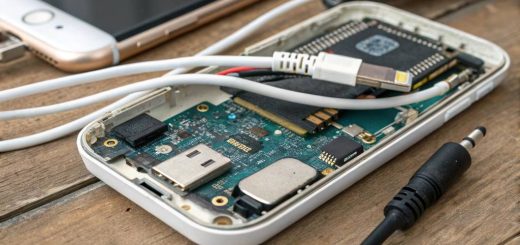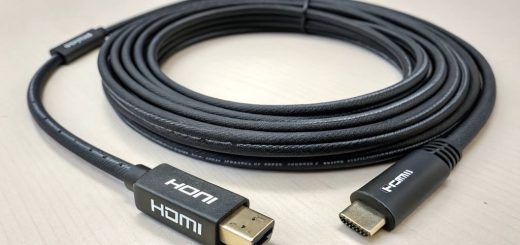How to Improvise on Guitar: Unleash Your Musical Creativity
Are you an aspiring guitarist looking to take your skills to the next level? Do you dream of effortlessly weaving soulful melodies and jaw-dropping solos on your guitar? Well, the journey to becoming a master improviser starts here. In this article, we’ll dive deep into how to improvise on guitar, exploring techniques, tips, and mindset shifts that will help you unlock your true musical potential. So, grab your six-string companion and let’s embark on this melodic adventure!
Embracing the Basics: A Prelude to Improvisation
When diving into the mesmerizing world of guitar improvisation, it’s crucial to establish a solid foundation. Mastering the basic chords, scales, and finger placements is akin to sharpening your artistic tools. Whether strumming a captivating rhythm or crafting an enchanting riff, your foundation will be your guiding light. And if you’re looking to take your music to the next level, don’t forget to explore different techniques and tools, like change tempo pro tools, to enhance your sound.
1. Chords: The Building Blocks of Melody
Chords are the heart and soul of any musical piece. Start by familiarizing yourself with essential chords such as major, minor, and dominant seventh chords. As you strum and switch between chords, you’ll begin to internalize the harmonic progressions that form the backbone of improvisation.
2. Scales: Navigating the Melodic Landscape
Scales are your roadmap to musical expression. Dive into the world of pentatonic and blues scales, which are a treasure trove for guitarists. These scales provide a palette of notes that effortlessly complement each other, allowing you to effortlessly craft beautiful solos.
The Art of Guitar Improvisation: Painting with Sound
With your foundational knowledge in place, it’s time to delve into the art of guitar improvisation. Think of your guitar as a paintbrush and the fretboard as your canvas, where you’ll create breathtaking musical landscapes.
3. Listening: Cultivating a Musical Ear
Listening is the secret ingredient to improvisation. Train your ears by immersing yourself in diverse genres and styles. As you listen intently, you’ll begin to anticipate musical patterns and nuances, enabling you to respond and improvise harmoniously.
4. Phrasing: Conversations Through Strings
Much like a captivating conversation, phrasing in guitar improvisation involves expressing emotions and ideas. Experiment with bending, sliding, and vibrato techniques to infuse your playing with personality. Embrace silence between phrases; just as pauses in speech create emphasis, musical pauses enhance your improvisation.
5. Rhythm: The Groove that Connects
Rhythm is the heartbeat of music. Explore various strumming patterns and rhythmic styles to inject energy into your improvisation. Syncopation, accentuation, and syncopation will transform your playing from mundane to mesmerizing. Discover Why BOSE Headphones are So Expensive.
The Mindset of a Maestro: Unleashing Your Inner Virtuoso
As you embark on your improvisational journey, your mindset plays a pivotal role in shaping your musical destiny.
6. Confidence: Trusting Your Musical Instincts
Believe in your musical instincts. Don’t be afraid to hit a “wrong” note – often, these unexpected moments lead to the most magical creations. Embrace mistakes as stepping stones to innovation.
7. Creativity: Embracing the Unknown
Improvise with an open heart and an adventurous spirit. Challenge yourself by experimenting with unusual scales, chords, and techniques. Embrace the unknown, for it is within the uncharted territories that your musical brilliance truly shines.
In conclusion, guitar improvisation is a journey of self-discovery and artistic exploration. As you practice chords, scales, and techniques, remember that the essence of improvisation lies in listening, phrasing, and rhythm. With a confident mindset and a creative spirit, you’ll soon find yourself effortlessly improvising soul-stirring melodies that resonate with both you and your audience.
FAQs
Q1: Is it necessary to know music theory to improvise on the guitar?
A1: While music theory can enhance your improvisation skills, it’s not a strict requirement. Developing a strong musical ear and experimenting with different techniques can also lead to remarkable improvisational abilities.
Q2: How can I overcome stage fright while improvising in front of an audience?
A2: Practice and familiarity are key. Start by improvising in a comfortable setting and gradually perform in front of small audiences. Remember, the audience is there to enjoy your music, so embrace the moment and let your creativity flow.
Q3: Can acoustic guitar players also excel at improvisation?
A3: Absolutely! The principles of improvisation apply to all types of guitars. Whether acoustic or electric, the key lies in your dedication, practice, and willingness to explore new sounds.
Q4: Are there any famous guitarists known for their improvisational skills?
A4: Yes, many legendary guitarists like Jimi Hendrix, Eric Clapton, and Carlos Santana are celebrated for their exceptional improvisational abilities. They showcase how improvisation can create unforgettable musical moments.
Q5: Where can I find resources to learn more about guitar improvisation?
A5: You can explore online tutorials, music schools, and instructional books dedicated to guitar improvisation. Remember, consistent practice and a passion for learning will be your greatest allies on this musical journey.









